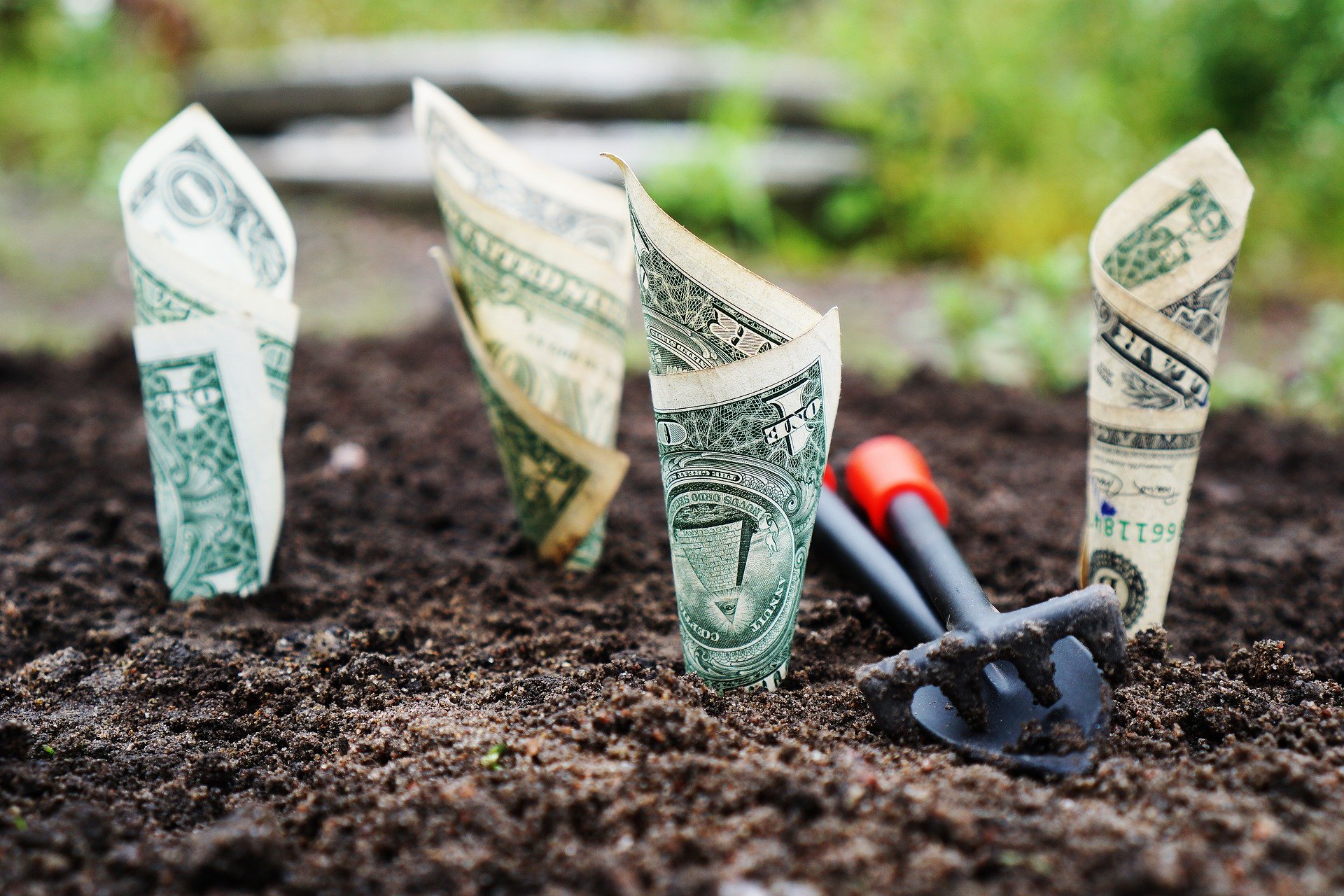Guest Post: Four ways to cultivate rest when stressed by Tammy Kearce
 The digital clockface screamed 3:00 a.m. for the third night in a row. Although I was exhausted, sleep eluded me night after night. My business was struggling, my savings were dwindling, and my future was uncertain. I was frightened and frustrated, but I was not alone. Many of my friends, family, and fellow Americans were also awake, struggling with similar circumstances.
The digital clockface screamed 3:00 a.m. for the third night in a row. Although I was exhausted, sleep eluded me night after night. My business was struggling, my savings were dwindling, and my future was uncertain. I was frightened and frustrated, but I was not alone. Many of my friends, family, and fellow Americans were also awake, struggling with similar circumstances.
Prior to the CoVid 19 pandemic, more than 70 percent of Americans reported physical and psychological symptoms related to stress: headache, muscle tension, digestive issues, irritability, fatigue, lack of energy and/or loss of enthusiasm, according to the National Institute of Stress. And in recent months, that stress level has skyrocketed.
In addition to existing stress, Americans have the added burden of health concerns for themselves and their families, economic pressures, and uncertainty about the future. While the best way to combat stress is to rest and relax, it is easier said than done. Anyone faced with an uncertain future can attest to the fact that rest and relaxation are all but impossible.
However, “Using some simple, targeted techniques, we can quiet that stress and get some rest,” says Tammy Kearce, former professor of communications and social sciences at NWFSC (NorthWest Florida State College), author of the Everyday Vacay Seminar Series and host of Tammy Talk TV.
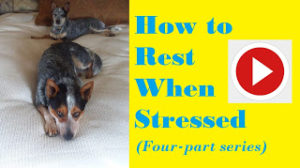
Technique #1 Prune passive stress
Passive stress is a silent but destructive form of stress caused by ignoring a problem in hopes that it will go away, but instead it percolates quietly below the surface adding to overwhelm and fueling frustration, usually rearing its head late at night and in quiet moments when we should be resting.
We can combat passive stress with:
- Deliberate detection: Pay attention. Look for passive stressors.
- Proper planning: Prepare for predictable stressors in advance.
- Sensible scheduling: If it happens with regularity, schedule it.
o Grocery shopping
o Gassing the car
o Self-care (haircuts, check-ups, exercise, etc.)
“Ignoring it will only make it go underground and be harder to manage,” says Kearce. “So the best way to combat passive stress is to pull our head out of the sand, pay attention, plan ahead, and put it on the schedule.
Technique #2: Weed out worry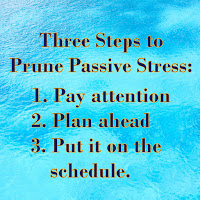
Crocodile Dundee said it best, “Worry is like a rocking chair. It gives you something to do but gets you nowhere.”
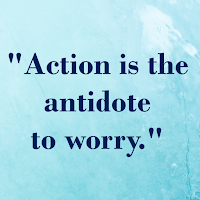 Worry serves no real purpose other than wasting valuable time and energy. Worry feeds indecision and indecision feeds worry, so ditch them both in favor of action. If you are worried about something that you can control, determine the steps that need to be taken and get started. But if it is not something you are capable of correcting, do something physical because action is the antidote to worry. Go for a walk or a run. Find a YouTube workout and work up a sweat. Do something, and if that does not work, do something else.
Worry serves no real purpose other than wasting valuable time and energy. Worry feeds indecision and indecision feeds worry, so ditch them both in favor of action. If you are worried about something that you can control, determine the steps that need to be taken and get started. But if it is not something you are capable of correcting, do something physical because action is the antidote to worry. Go for a walk or a run. Find a YouTube workout and work up a sweat. Do something, and if that does not work, do something else.
Even if we are successful at warding off worry during the day, it has a way of surfacing during the dark, quiet of the night. So, cultivate a nightly ritual of making a list before bed of “Todays and To-dos.”
Write down:
- Disturbing things that happened during the day,
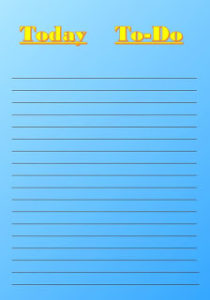
- Concerns about anything, no matter how small or trivial,
- Things to do the next day or in the future,
- Things to remember,
- Things to prepare,
- Anything that you might worry about during the night.
Then keep that list nearby. During those dark hours before dawn, we sometimes get reminders from our subconscious about responsibilities and/or commitments that we have forgotten. By keeping our list near the bed, we can easily add to it, releasing that worry until the next day.
Technique #3: Fumigate Fear
Fear is a common reaction to stress, but fear is energy in its purest form, adrenaline. Whether we experience that energy as fear or excitement is a matter of translation. For instance, some people are terrified of public speaking while others embrace it. They are all experiencing the same physical and physiological effects but translating them differently.
 “The first time I taught a class, I had to make up an excuse, go to the restroom and throw up,” says Kearce, “but I eventually got used to that surge of adrenaline and came to interpret it as anticipation and excitement.”
“The first time I taught a class, I had to make up an excuse, go to the restroom and throw up,” says Kearce, “but I eventually got used to that surge of adrenaline and came to interpret it as anticipation and excitement.”
Laziness is also a classic symptom of fear. Contrary to popular belief, laziness is not an incurable condition, but instead a passive reaction to fear, which traps its victims on the couch, paralyzed with indecision and dread.
Instead of submitting in the face of fear, try this three-step process to regain control:
Identify the source. Take a few minutes and examine the root of the fear, and determine its origin. Very often frustration is a symptom of fear. For instance, frustration with your boss may be a symptom of feeling insecure about your job. So, analyze the emotion and brainstorm possible solutions. Journaling often helps put such things in perspective.
Breathe. When frightened, we tend to hold our breath without realizing it. And when we try to take a deep breath, we cannot, which only makes the situation worse. So first, slowly breathe out to a count of four and then in slowly to a count of four. Repeat as needed.
Get moving. Much like worry, if we are afraid of something beyond our control, the best treatment is physical activity, which releases endorphins, gives us a sense of control, and forces us to rest and relax afterward.
Technique #4: Exterminate Anger
Anger is a more aggressive reaction to stress. When angry we have a choice to make. Will we use it as energy to motivate us and accomplish the impossible, or will we internalize it and implode allowing it to become a destructive force in our lives and others? The choice is ours. 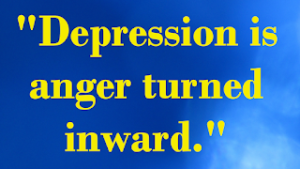
Anger is physical and brings with it that awesome rush of energy and adrenaline via our fight or flight response. When we internalize this angry energy, it becomes toxic and turns us against ourselves, often making us demoralized and depressed. But if we find a healthy outlet, it becomes a source of motivation and strength.
Malcolm X says, “When people are sad, they don’t do anything, but when they get angry, they bring about a change.”
Outlets such as:
- Physical exercise,
- Work in the yard or garden,
- Research and writing,
- Education,
- Seeking an elected office,
- Joining or starting a group or movement related to the cause,
provide a safe and productive channel for anger instead of allowing it to ferment and fertilize the roots of frustration.
So, the next time your heart is racing, and your blood is boiling, lace up those running shoes and pound some pavement, grab a pen and write a letter to the editor, or find a trowel and weed the garden.
Patience and perseverance
While stress is unavoidable, it does not have to control our lives, dictate our emotions, or rob us of rest. By recognizing its symptoms and triggers, we can act instead of react and turn it into a source of energy and motivation to accomplish our goals, nourish our bodies, and relax at the end of the day.
About Tammy Kearce:
 Tammy Kearce has been working as a writer, teacher, and public speaker for more than two decades. During that time she has developed a three-step process designed to help working women cultivate health and happiness.
Tammy Kearce has been working as a writer, teacher, and public speaker for more than two decades. During that time she has developed a three-step process designed to help working women cultivate health and happiness.
Last year, Kearce launched TammyTalk.com and Tammy Talk TV in order to reach a wider audience and make her message more accessible to working women everywhere.
In 2020, Kearce produced and published a three-part e-seminar series,
“Everyday Vacay: How to Beat Ennui and Conquer the Dark Side of Having it All.”
Contact: editor@tammytalk.com
